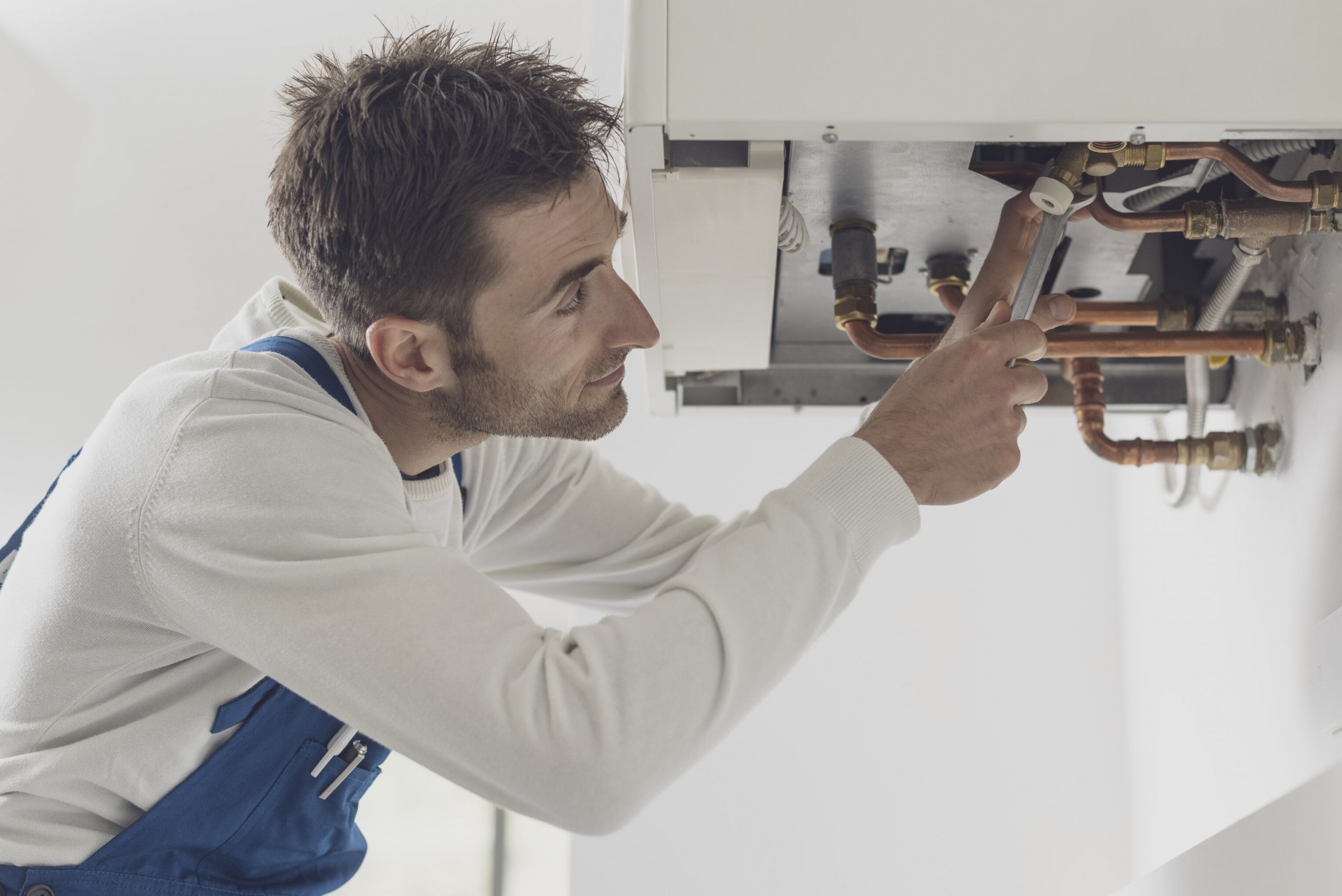Proper boiler maintenance is essential to extend your boiler system’s useful life. And one maintenance procedure you should conduct is a boiler layup. A boiler layup not only allows you to inspect the system but also helps prevent corrosion within the boiler. But how exactly do you perform a boiler layup?
Step 1: Shutting Down and Draining the Boiler
Before you can start with the boiler layup, you will have to drain all of the water within the boiler. This is an important step because boiler layups are typically completed when the season is over. However, the process can still damage the boiler if water remains in the system.
To properly drain the water from the boiler, use a large hose to connect to the drains on the boiler. You can then connect the hose to the drain of a nearby floor drain. It may take some time for the water to completely drain, but allowing the water to flow through the boiler is the best way to ensure it is completely drained.
Step 2: Opening the Fireside and Cleaning
After you have drained the boiler, you can start with the inspection process. To open the fireside, you can use a small pipe wrench to remove the fireside cap. You should then remove the insulation on the outside of the boiler, exposing the boiler pipe. To help with this process, you can use a soft wire brush to remove any excess insulation.
Next, remove the fireside inspection door and clean the interior of the boiler with a soft wire brush. You can also use a pipe cleaner to clean the boiler pipe, making sure to cover all areas of the boiler pipe.
You can then re-install the fireside inspection door.
Step 3: Opening the Waterside and Cleaning
To begin the waterside inspection, you need to remove the waterside cap. Next, use a soft wire brush to remove the top layers of paint on the boiler. The top layer of paint is often very thin, so it should come off easily.
After removing the paint, you can scrub the waterside with a soft wire brush. You may also use a pipe cleaner to clean the boiler pipe, making sure to cover all areas of the boiler pipe.
After cleaning the boiler, you can re-install the waterside inspection door.
Step 4: Examining the External and Internal Components
As a final step in the boiler layup, you need to examine the boiler’s external and internal components. You should examine the entire boiler for any signs of damage or corrosion. You should also examine the boiler valves and the boiler’s burners.
After you have finished examining the boiler, you should keep a record of the inspection. This is important because it can help you determine when the boiler needs to be replaced. It can also help you identify any issues that may need to be addressed during the next boiler layup.
Final Thoughts
A boiler layup is a good way to ensure your boiler system is in good condition. If you aren’t sure how to perform a boiler layup, consult a professional. An expert can help you ensure your boiler layup is performed correctly and safely.
Find the right boiler for your needs with the help of London Climate Hire. We provide boiler hire services in London. Our fleet of commercial boilers and heaters has been selected through our years of experience in this industry, these are tried and tested applications, and we’re confident in saying that they are the most efficient equipment in the industry, designed and fully packaged to deal with the rigours of hire. Get in touch with us today!

